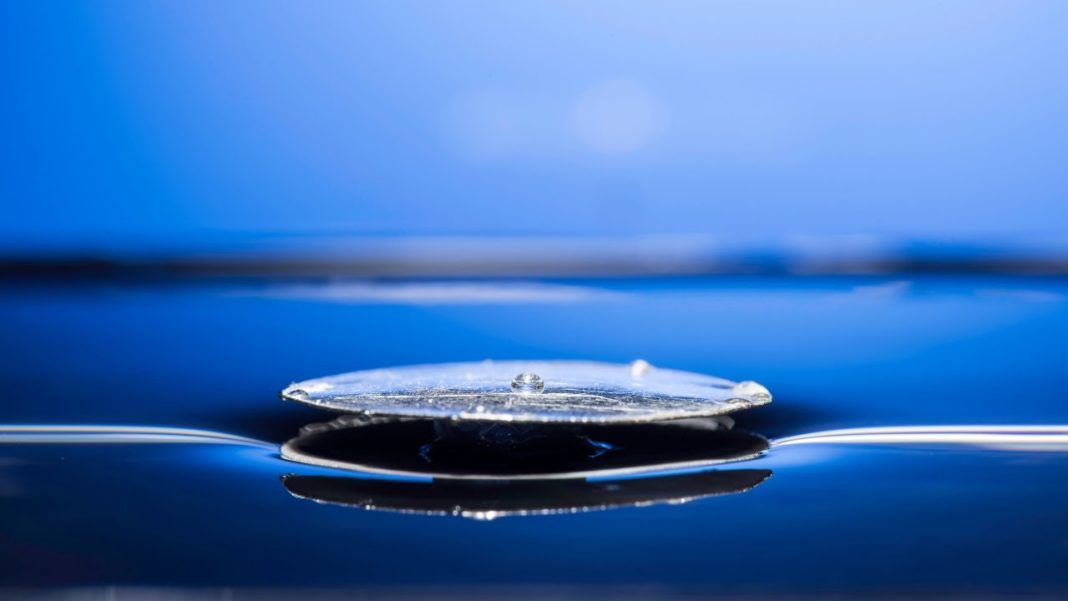Researchers from the University of Rochester have created a water repellent metallic structure inspired by ants and spiders. Researchers claim that the structure will not sink even it is severely damaged. But, the structure may lose its hydrophobic properties if submerged underwater for long periods of time.
The researchers developed the structure using a method that is used to engrave metal surfaces with very small intricate patterns. By using femtosecond bursts of laser, metal surfaces were given microscale and nanoscale patterns. These patterns can hold air, making the surfaces superhydrophobic. Professor Chunlei Guo and his team published their study in ACS Applied Materials and Interfaces.
The innovative idea was inspired by the ability of fire ants and diving bell spiders to trap air in an enclosed area that allows them to survive on water and also, underwater. Diving bell spiders use their web to make a bell-shaped vessel that they hold between their hydrophobic body and legs while fire ants use their hydrophobic bodies to make a raft by trapping air between each other.
The researchers explained their inspiration stating that, “The key insight is that multifaceted superhydrophobic (SH) surfaces can trap a large air volume, which points towards the possibility of using SH surfaces to create buoyant devices.”
Researchers created the structure using two aluminum plates with etched patterns that can trap air. The faces with the patterns are kept parallel to each other separated by a distance just enough to trap air. The trapped air will function just as seen in the fire ants and diving bell spiders and will keep the structure afloat.
In their tests, the researchers found that the structures would remain afloat even after being punctured multiple times. The structure did not lose its hydrophobic property even after being submerged underwater for two months. According to the researchers, the etching process can be used on any metal and not just aluminum to make wearable flotation devices and electronic monitoring devices that don’t sink.













![Hotstar Premium Cookies 2019 [*100% Working & Daily Updated*] Hotstar Premium Cookies 2019 [*100% Working & Daily Updated*]](https://tahav.com/wp-content/uploads/2019/11/Hotstar-Premium-Cookies-Free-100x70.jpg)



